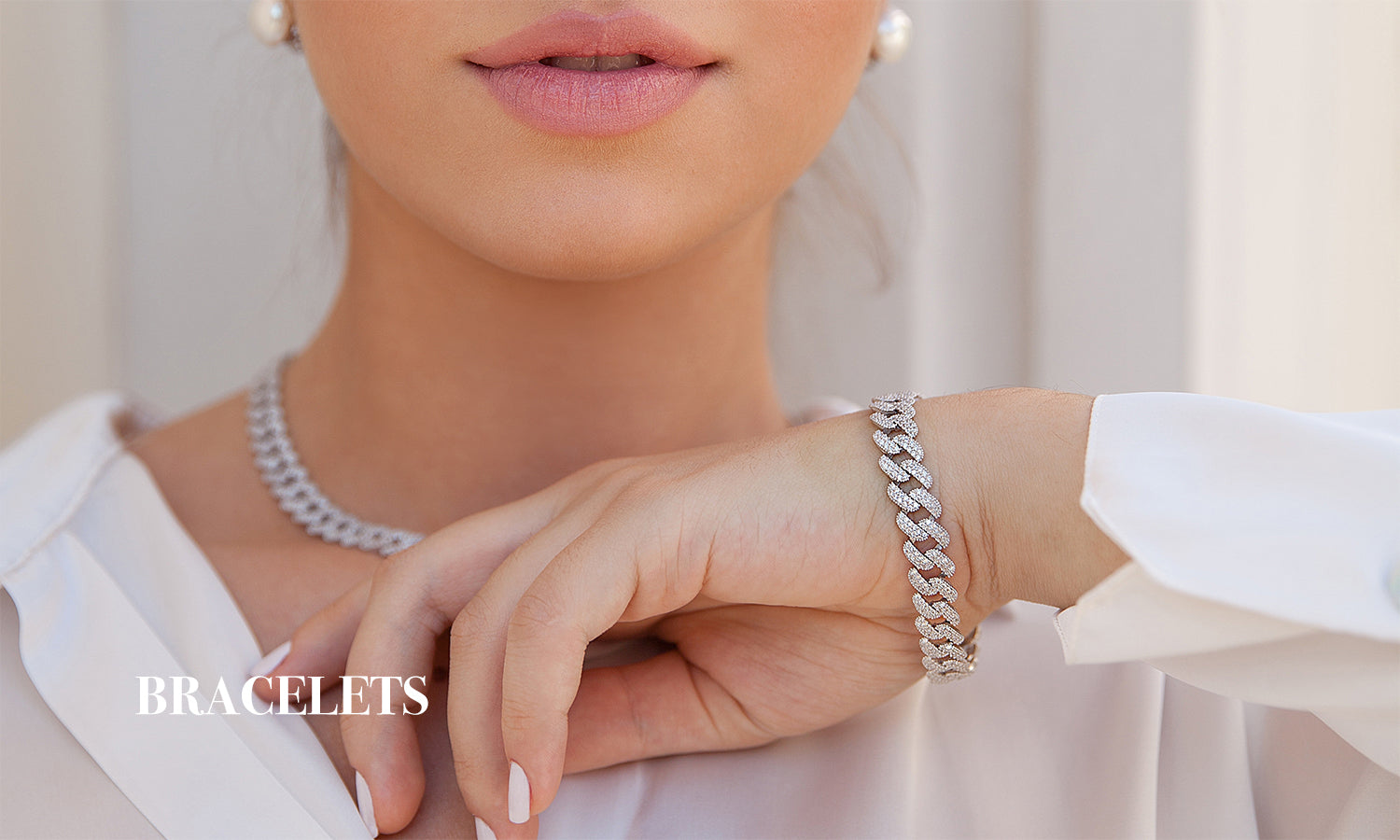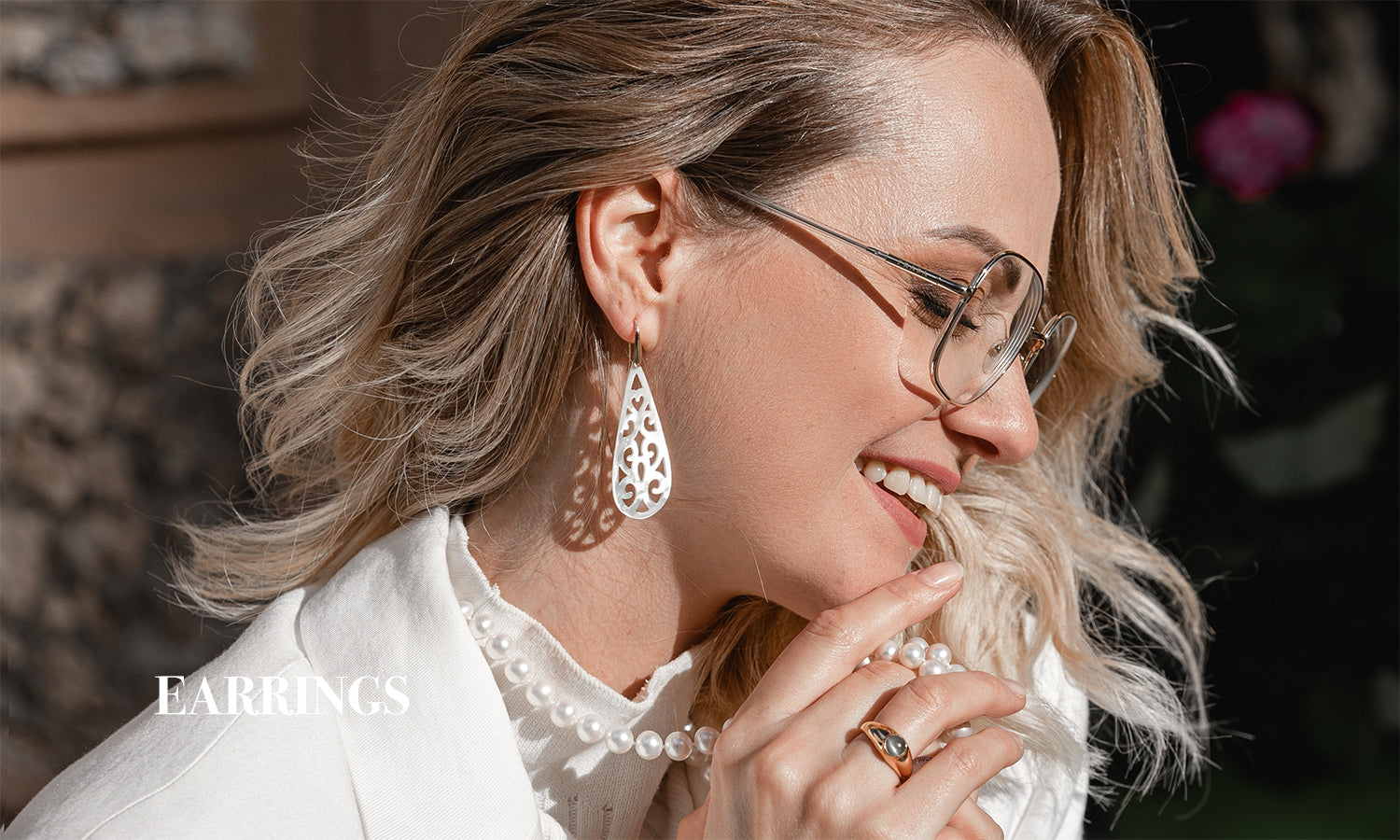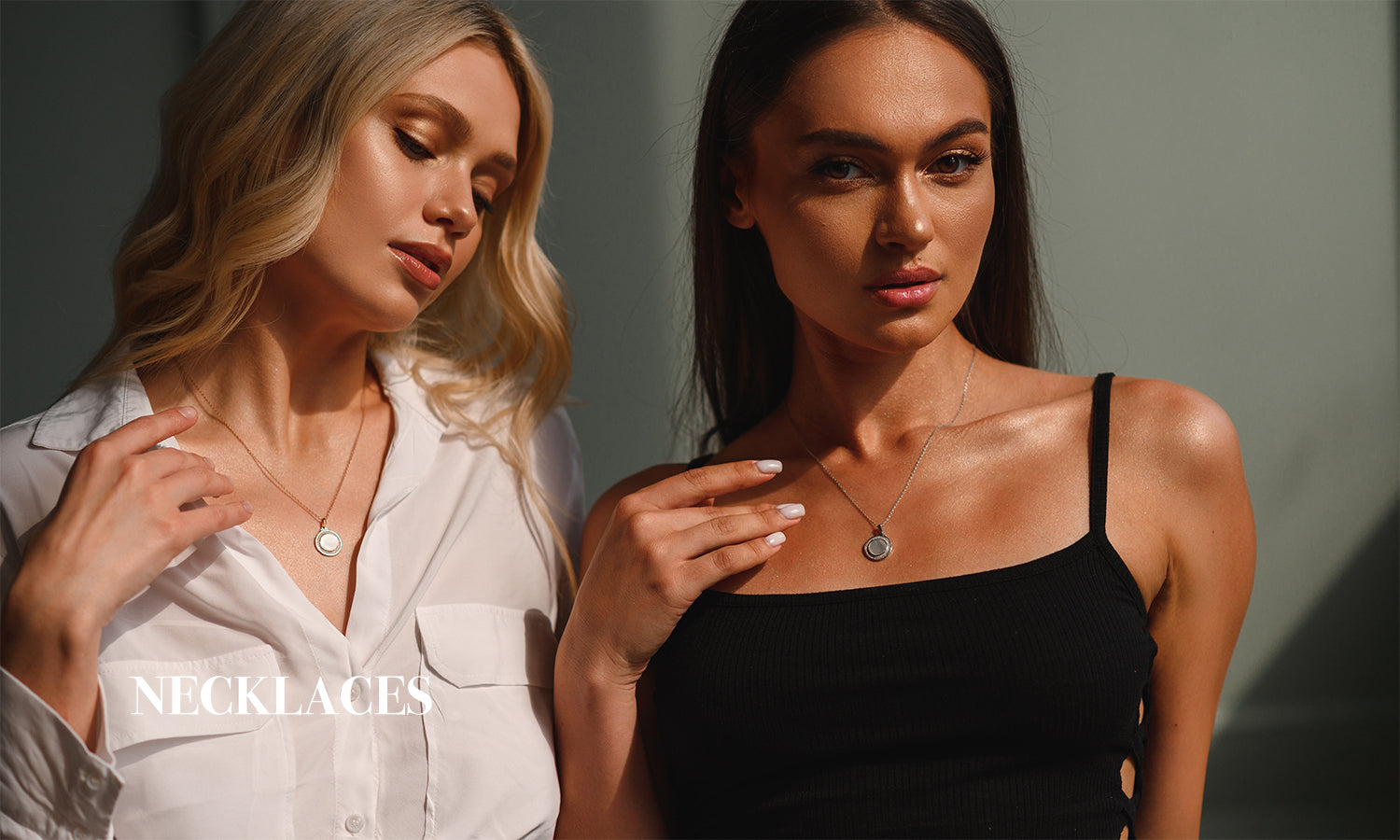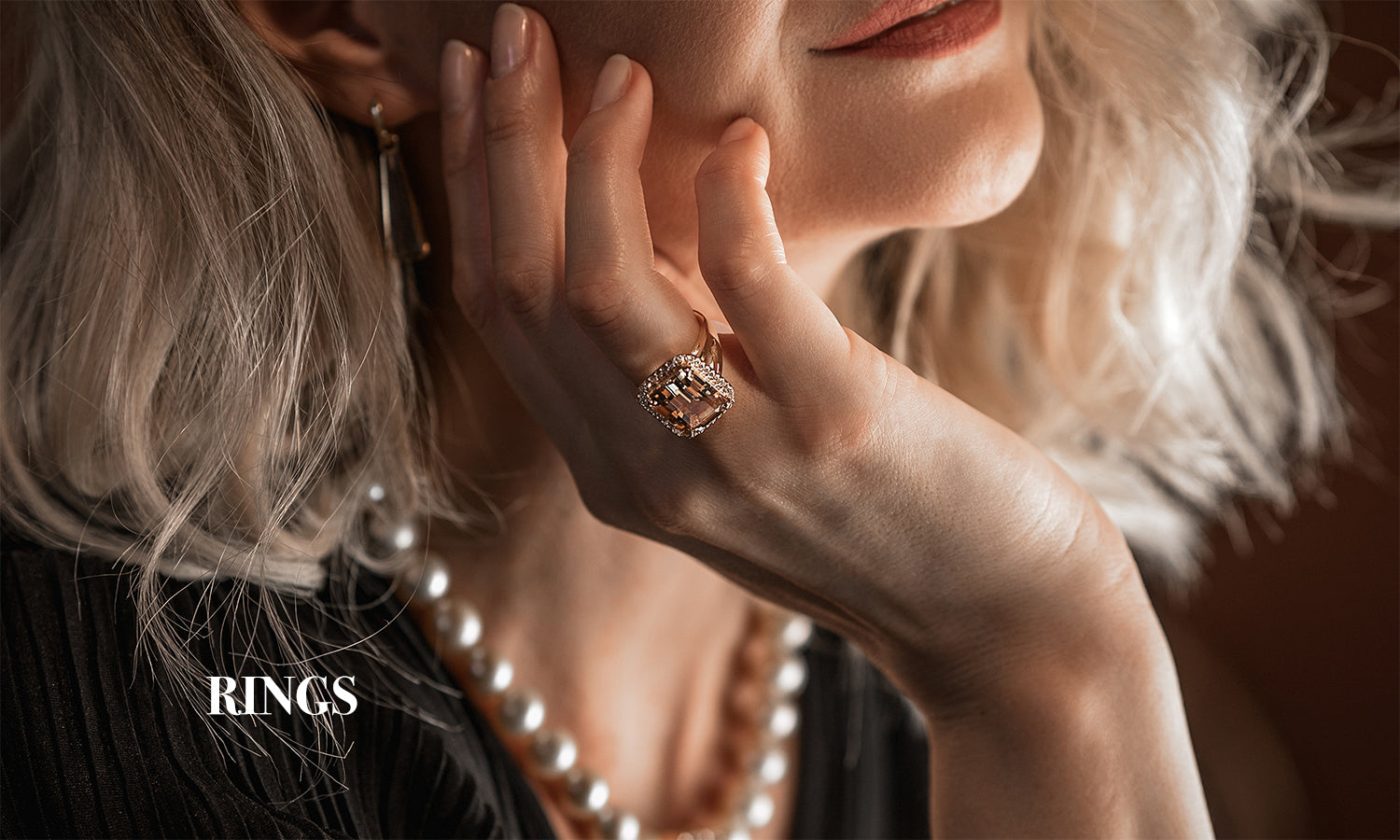The romantic style in fashion is feminine and delicate, with ethereal details and a mixture of paradoxes: sensuality and innocence. The same goes for jewelry. The romantic style in jewelry is an excellent option to highlight and wear on special occasions, such as dates, anniversaries, or important dates for you. Today at Planderful we will show you the romantic style jewelry we have for you. Inspired by the classic style of past eras, this style has a great history behind it.

The inspiration for romantic jewelry
Following the great expansion of human knowledge, science, and technology that occurred at the end of the Renaissance, jewelry received one of the greatest expansions of style and influence during the reign of English Queen Victoria. Her pensionable love for her husband, art, and jewelry managed to influence traditions and change fashion styles several times during her long reign from 1837 to 1901.
One of the major contributors to the expansion of jewelry during these times was the Industrial Revolution, which allowed for the growth of the middle class who could afford to buy and wear cheaper jewelry on a daily basis. The large consumption in the production of industrially manufactured jewelry (often produced from cheaper materials and gemstone substitutes) allowed for faster adoption and quicker reaction to changes in fashion.
The upper class, however, demanded the creation of technically superior and artistically crafted jewelry items from precious metals and popular gems, mostly diamonds. Romantic-style jewelry of the upper class is characterized by the use of gold, silver, and precious stones. Thus, these jewels became a clear mark of social prestige. Ladies strived to wear the most spectacular jewelry, made of rich materials such as gold, diamonds, diamonds, and other colored precious stones that were worn at night when their brilliance was reflected in the candlelight.
The heaviness of women's dresses in the 1930s and 1940s meant that jewelry, as an indispensable accessory, was also heavy and ornate. The costumes that women wore in this period will contribute to the display of this type of jewelry. Thus, evening dresses, sleeveless and with large necklines, allowed the display of necklaces and bracelets of great showiness.
In the period of mourning, it was demanded that all jewelry had to be removed, but under the influence of Queen Victoria, this changed with the introduction of jewelry made of jet, onyx, and black crystal. Jewelry of this period was much more somber, dramatic, and heavy. Often replicating pattern designs found in older styles (renaissance, gothic). Motifs included hearts, stars, crescent moons, insects, reptiles, and animals.
In the Romantic period (1837 - 1860), under the influence of newly created organized archaeological work, the public became fascinated with the ancient treasures and fashionable styles of the Medieval and Renaissance periods. This period which lasted more than 20 years can easily be described by its use of romantic motifs, such as hearts, anchors, snakes, and crosses.
The last years of romanticism are today remembered as the time when some of the greatest jewelry creations of all time were made. Such marvels of human art can be found in the works of Russian artist Peter Carl Fabergé, who created his famous Fabergé Imperial eggs for Tsars Alexander III and Nicholas II of Russia.

Jewelry styles
During the romantic period, different types of jewelry coexisted. The rigid etiquette stipulated the clothes that women had to wear at every moment of the day, using a certain outfit depending on the activity to be carried out. Attending a lunch, a dinner, a dance, or a visit required a different type of clothing. In the same way, the jewels that accompanied each of the costumes, in accordance with the costume, were also enormously varied.
Thus, different types of jewelry emerged. There was jewelry for daytime events, much simpler, and other jewelry to wear at night, made with pearls, diamonds, diamonds, and other precious stones.
1.- Elegant jewelry, made with fine materials and gems;
2.- Jewelry for everyday use, made with more common materials.
3.- A mourning or sentimental jewelry.
On the other hand, both the age and the marital status of the lady established the models of clothing and ornaments to be worn. According to this protocol, unmarried women had to present themselves with simple and discreet attire and jewelry.
Married women, on the other hand, could wear more luxurious jewelry, made of gold and adorned with diamonds or diamonds, which were usually a gift from their husbands. Therefore, they wore them when they appeared with them, for example, at dinners, parties, dances, and trips to the theater or the opera.
What romantic jewelry looks like
One of the most popular themes in romantic style jewelry is the floral theme. New techniques and materials make it possible to imitate an infinite number of flowers, which, as we shall see, appear in the decoration of women's jewelry in a repetitive manner. The jewelry of the Romantic period will be characterized by reflecting nature through a multitude of designs, a fact that was propitiated by a growing interest in botany.
This naturalism, clearly related to the Gothic influence of the time, was reflected in a great diversity of jewelry composed of flowers and leaves, made in a more realistic way and with a greater three-dimensionality. Many of them were adorned with precious stones such as diamonds, resulting in spectacular pieces.
One of the characteristics of Romantic jewelry is its interest in giving movement to the jewelry. This was achieved with the technique of the trembling mount, which consisted of assembling the jewelry on a spring that produced a natural swaying in the flowers and leaves that increased when the woman walked or danced.
Romanticism is the true period of development of the language of flowers, used as a system of communication between lovers. Thus, sending a bouquet of red roses symbolized passionate love; white roses, on the other hand, signified virtue and chastity. Lilacs embodied the first emotions of love and daisies expressed innocence and purity. In this sense, manuals explaining the meaning of each flower were very popular and were published throughout the 19th century.

Visit Planderful's website to create your romantic style with our jewelry.





